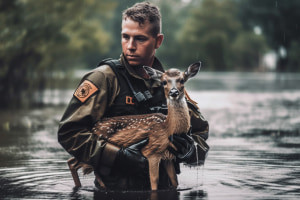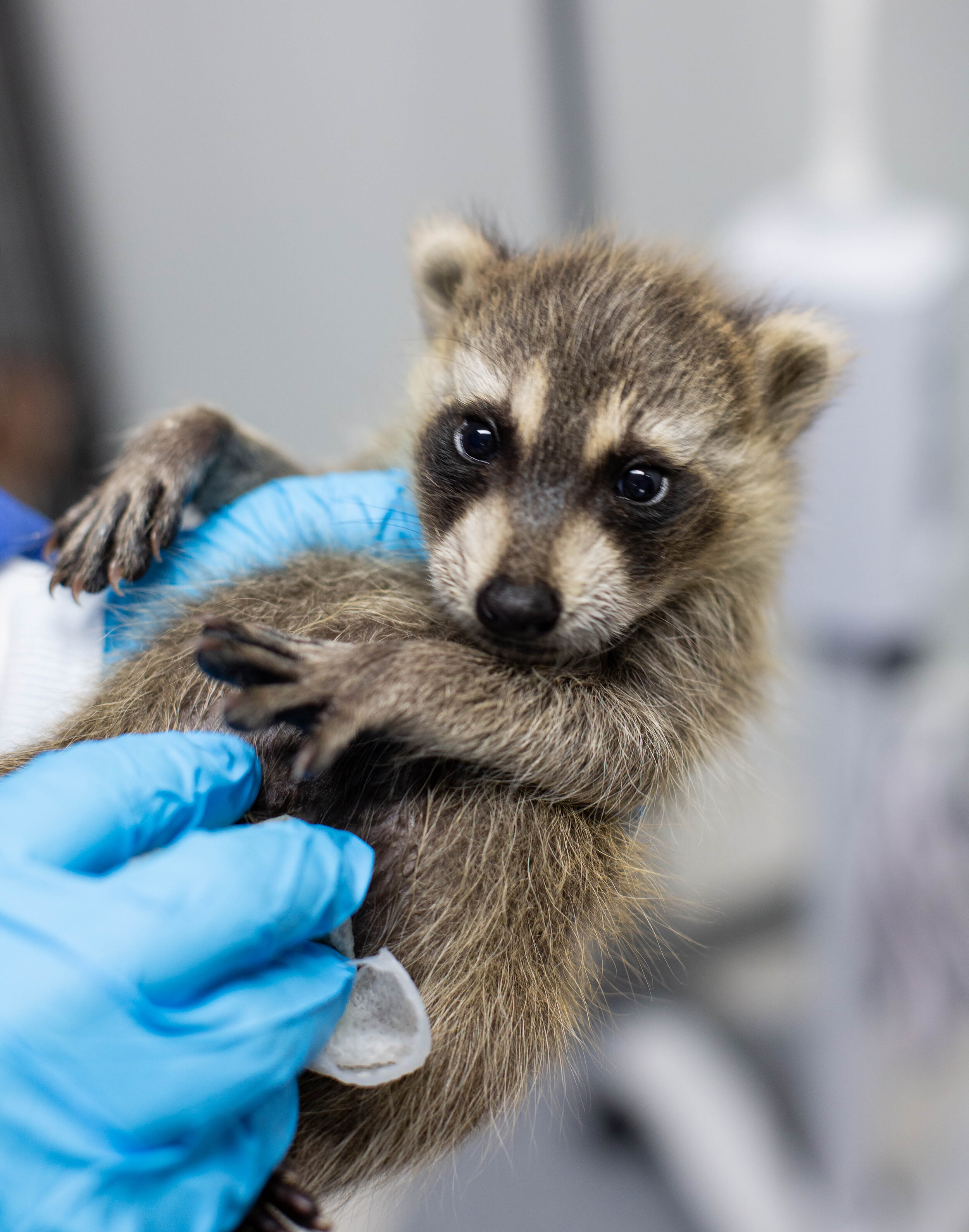Understanding the Requirement for Animal Control Burlington in Urban Environments
Understanding the Requirement for Animal Control Burlington in Urban Environments
Blog Article
Effective Wildlife Removal Methods for a Peaceful Home Environment
In the search of preserving a calm living area, home owners usually deal with the challenge of wild animals invasions, which can interfere with the serenity of their setting. Executing efficient wildlife elimination techniques calls for a nuanced understanding of both humane exemption techniques and preventative actions.
Identifying Common Wildlife Intruders
Recognizing common wild animals intruders is a critical very first action in effective wild animals management. Comprehending the details types that often penetrate domestic and business rooms enables homeowner and wild animals specialists to implement targeted methods for minimizing potential damage and health and wellness threats. Common intruders typically consist of raccoons, squirrels, bats, and numerous species of rats and birds, each bringing one-of-a-kind challenges.
Raccoons, for instance, are recognized for their dexterity and can cause considerable architectural damages while seeking food or shelter. Squirrels, with their propensity for gnawing, can harm electric circuitry, posing fire hazards. Bats, while valuable for controlling insect populaces, can come to be a hassle when they roost in attics, potentially spreading illness such as histoplasmosis. Birds, including sparrows and pigeons, usually develop unhygienic problems with their droppings, leading to structural destruction and wellness problems. Rats, such as computer mice and rats, are notorious for their rapid recreation and capacity to infiltrate small openings, posing major health and wellness dangers as a result of their capacity to spread out conditions.
Humane Exclusion Methods
Comprehending the common wildlife burglars is the foundation whereupon reliable exclusion techniques are built. Determining varieties such as squirrels, raccoons, and birds assists in creating gentle exemption techniques tailored to specific actions and entry techniques. Exemption is a preventative technique focused on denying wild animals accessibility to buildings and homes, hence decreasing the need for even more invasive actions.
The cornerstone of humane exclusion involves securing prospective access points. This consists of fixing openings in foundations, roof coverings, and wall surfaces, along with setting up smokeshaft caps and air vent covers. For smaller sized invaders like bats and mice, utilizing products such as steel wool and caulk to seal voids is crucial. Additionally, making sure that home windows and doors are safe and secure, and that screens are intact, can further prevent access.
Setting up ultrasonic tools or motion-activated lights can discourage nocturnal wild animals. These exclusion techniques not just protect the home environment but also value the wildlife, allowing them to thrive in their all-natural habitats without harm.
Safe Capturing Approaches
When exclusion techniques want, safe trapping methods end up being a required choice in wildlife administration. Capturing, when performed correctly, uses a humane and efficient means of resolving an instant wild animals problem while ensuring marginal tension and harm to the pet. This technique requires an understanding of both the actions of the target types and the honest considerations associated with wildlife handling.
The primary step look what i found in safe capturing entails picking the ideal catch type. Live traps, such as cage traps, are usually suggested as they permit the capture and release of the pet elsewhere. These catches should be inspected frequently to protect against unnecessary stress and anxiety or injury to the recorded wildlife. It is essential to comply with regional guidelines relating to capturing and relocation to make certain conformity with legal criteria and wild animals conservation concepts. wildlife removal Burlington.
Furthermore, bait selection and positioning are vital components in ensuring successful capturing. Lure must be selected based upon the nutritional preferences of the target species and purposefully positioned to lure you could try here the animal right into the trap. When entraped, the pet needs to be managed with treatment, utilizing safety equipment if needed, to promote secure transport and launch, thus maintaining a well balanced ecological community and a relaxed home setting.
Preventative Home Alterations
While secure capturing techniques deal with instant wildlife concerns, long-lasting options typically involve preventative home adjustments to deter pets from entering human rooms. Applying these adjustments not only improves the safety and convenience of your living setting but likewise decreases the likelihood of future wild animals intrusions.
A critical aspect of preventative approaches is sealing prospective entry factors. This includes evaluating and fixing any kind of spaces or splits in the foundation, walls, and roofing, as these can end up being access courses for wild animals.
Landscape design adjustments can likewise act as reliable deterrents. Trimming tree branches that overhang Continued the roof and getting rid of debris heaps can remove courses and habitats that draw in wild animals. Preserving a tidy backyard by securing garbage can and compost stacks discourages scavengers such as raccoons and opossums.

When to Call Specialists,##.
Expert treatment becomes critical in circumstances where wild animals issues go beyond the range of DIY services. Home owners might experience conditions where the complexity or danger of the wild animals trouble demands specialist expertise.
Furthermore, problems involving safeguarded or jeopardized varieties call for a nuanced method to adhere to legal laws. Experts are outfitted with the required licenses and recognize the lawful frameworks governing the handling of such types. This makes certain that elimination is carried out morally and within legal boundaries.

Finally, when wild animals poses a relentless problem in spite of duplicated do it yourself efforts, professional services can provide extensive examination and lasting remedies tailored to stop reappearance - wildlife rescue burlington. Their know-how not only fixes the immediate issue yet likewise safeguards the home atmosphere in the future
Verdict
Executing reliable wildlife elimination techniques is essential for maintaining a relaxed home environment. Together, these techniques develop an unified living space free from wild animals disturbances.

These exclusion methods not only secure the home setting but also appreciate the wildlife, permitting them to grow in their all-natural habitats without damage.
Carrying out effective wildlife elimination methods is crucial for preserving a tranquil home environment.
Report this page